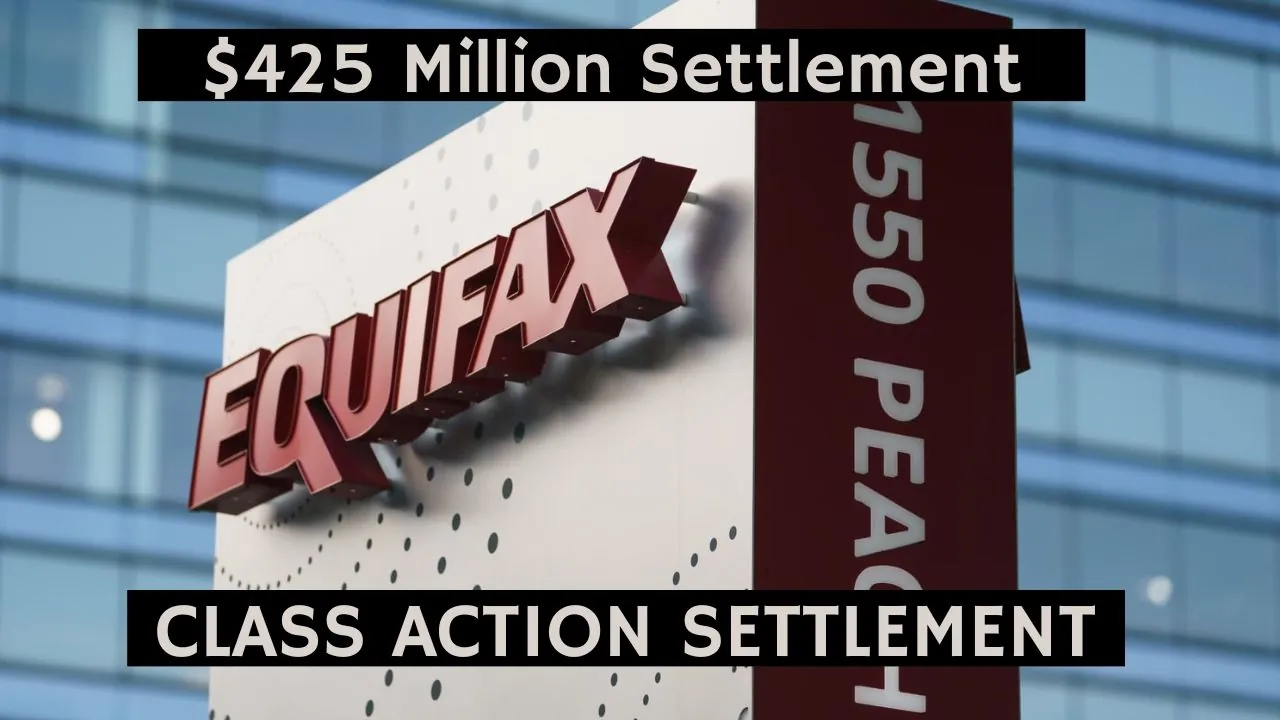In 2017, Equifax, one of the largest credit reporting agencies in the U.S., suffered a massive data breach that affected 147 million individuals. The breach exposed sensitive personal information such as Social Security numbers, birthdates, and addresses, leaving millions at risk of identity theft. To resolve the matter, Equifax reached a settlement of up to $425 million, which offers compensation and identity recovery services for those impacted. The settlement, finalized in 2020, was overseen by the Federal Trade Commission (FTC), the Consumer Financial Protection Bureau (CFPB), and 50 U.S. states and territories.
Although the deadline to file compensation claims passed in January 2023, individuals affected by the breach are still eligible for free identity theft recovery services until January 2029. As part of the ongoing settlement process, many individuals may receive emails informing them about additional compensation. It’s essential to verify the authenticity of these emails before taking any action. This guide explains the legitimacy of such emails and provides steps for verifying their authenticity.
Equifax Data Breach Overview
This Article Includes
The Equifax data breach, disclosed in September 2017, compromised the personal information of 147 million U.S. consumers. In addition to Social Security numbers, birthdates, and addresses, some individuals had their driver’s license numbers exposed. To address the breach, Equifax reached a global settlement, which includes compensation of up to $425 million, as well as identity theft assistance for affected individuals.
The settlement was finalized in 2020 and includes provisions for compensation, identity recovery services, and ongoing support for victims of identity theft. If you were impacted by the breach and did not file a claim before the January 2023 deadline, you are still eligible to receive free identity recovery services through 2029.
Legitimacy of Emails Regarding Additional Compensation
If you’ve received an email claiming you’re eligible for additional payments due to the Equifax settlement, it is likely legitimate. Here’s how to confirm the authenticity of such communications:
1. Personalized Greeting
Legitimate emails about the Equifax settlement will address you by your full name. Be cautious of generic greetings like “Dear Customer,” which are commonly used in phishing scams.
2. Verified Sender Information
Official emails regarding the Equifax settlement will come from either of the following email addresses:
Emails from other addresses may be fraudulent, so always verify the sender before acting.
3. Prepaid Card Information
The email will likely mention that your settlement payment will arrive in the form of an electronic prepaid card, scheduled for distribution during the week of December 9, 2024. This matches the terms of the settlement agreement.
Key Dates in the Equifax Settlement Process
Here’s a quick overview of the important events and deadlines related to the Equifax data breach settlement:
| Date | Event |
|---|---|
| September 2017 | Equifax announces the data breach affecting 147 million people. |
| 2019 | Class action lawsuit is filed, leading to a settlement agreement. |
| 2020 | Settlement finalized, including provisions for compensation and recovery. |
| January 2023 | Deadline to file claims for compensation passes. |
| December 9, 2024 | Expected distribution of additional settlement payments via prepaid cards. |
What Can You Expect from the Settlement?
If you opted into the class action lawsuit, you are eligible to receive compensation. The settlement includes two main benefits:
- Compensation Payments
If eligible, you will receive an electronic prepaid card during the week of December 9, 2024. The exact amount may vary based on the number of claims filed and other factors outlined in the settlement. - Identity Theft Recovery Assistance
Even if you didn’t file a claim, you can still access free identity theft recovery services until January 2029. These services are available to anyone whose personal data was exposed during the breach. You can confirm your eligibility for these services via the online lookup tool provided by Equifax.
How to Activate Your Prepaid Card
Once you receive your prepaid card, follow these steps to activate and use it:
- Redeem Your Card
Visit the card servicer’s website at www.myprepaidcenter.com/redeem to redeem your card. - Customer Support
If you have issues with the redemption process, contact the card servicer at 1-833-678-6289 for assistance. - Inactivity Fees
While the prepaid cards do not expire, inactivity fees may apply after six months of no use. To avoid these charges, ensure you use your card within that timeframe.
How to Verify the Legitimacy of the Email
To avoid falling victim to phishing scams, follow these steps to verify the authenticity of an email regarding the Equifax settlement:
- Check the Sender’s Address
Confirm the email is from an official source by checking that the sender’s address is either distribution@equifaxbreachsettlement.com or info@equifaxbreachsettlement.com. - Look for a Personalized Greeting
Legitimate emails will address you by your full name. Generic greetings are a red flag for phishing attempts. - Visit Official Websites
Instead of clicking on links in the email, manually type the official URL of the Equifax Data Breach Settlement Website into your browser. This way, you can check the status of your claim and confirm other details safely.
Conclusion
If you’ve received an email about the Equifax data breach settlement, it’s most likely legitimate—provided it meets the criteria mentioned above. However, always take precautions to verify the sender’s information and avoid clicking on suspicious links.
Even if you missed the compensation filing deadline in January 2023, you can still access free identity theft recovery services until January 2029. For additional peace of mind, verify all personal data-related communications through trusted sources.
By following these simple steps, you can protect yourself from scams while benefiting from the ongoing recovery services provided by the Equifax settlement.







Leave a Reply